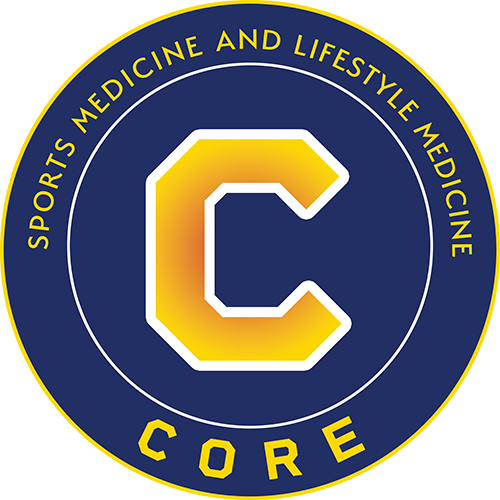Blog Outline
Whether you’re a weekend warrior, runner, CrossFit athlete, or professional competitor, an Achilles injury can sideline your entire training routine. One of the most common questions we hear is:
“Is a torn Achilles tendon worse than a ruptured one?”
In sports medicine, the terminology matters—but the real focus is on how the injury affects movement, performance, and recovery. Let’s break down the difference and what it means for athletes and active individuals.
Torn vs. Ruptured Achilles: What’s the Difference?
While the words “torn” and “ruptured” are often used interchangeably, in sports medicine they usually describe different degrees of injury.
-
Torn Achilles typically refers to a partial tear, where only some of the tendon fibers are damaged. Pain, swelling, and limited function occur—but the tendon remains at least partially intact.
-
Ruptured Achilles means a complete tear of the tendon. The connection between the calf and heel is fully severed, often resulting in a sudden “pop” or snapping sensation, followed by immediate weakness and loss of function.
Bottom line: a ruptured Achilles is worse—more severe, more disabling, and usually requires surgical repair.
What Causes Achilles Injuries in Athletes?
Achilles injuries often happen during explosive sports or movements involving jumping, sprinting, or rapid direction changes. Risk increases with:
-
Inadequate warm-ups
-
Tight calf muscles
-
Poor ankle mobility
-
Previous tendonitis or overuse
-
Sudden increase in training volume or intensity
Athletes in sports like basketball, tennis, soccer, and running are especially at risk.
Symptoms to Watch For
Partial Tear (Torn Achilles):
-
Pain during running or jumping
-
Mild swelling or stiffness in the lower leg
-
Weakness pushing off the foot
-
Tenderness in the tendon
Full Rupture (Ruptured Achilles):
-
Sudden sharp pain—often described as being “kicked” in the back of the ankle
-
Audible “pop” or snap
-
Inability to point toes or push off
-
Visible indentation or gap in the tendon
Why Prompt Sports Medicine Care Matters
In sports medicine, diagnosis timing is critical. Partial tears can often be managed non-surgically if caught early—using:
-
Immobilization (boot or brace)
-
Guided physical therapy
-
Shockwave therapy to stimulate healing
-
Platelet-Rich Plasma (PRP) injections to accelerate tendon repair
But if a rupture is missed or left untreated, the window for optimal repair may close—leading to prolonged weakness, poor push-off strength, and potential long-term performance loss.
How CORE Sports Medicine Treats Achilles Injuries
At CORE Sports Medicine, we focus on restoring performance—not just relieving pain. Whether you’re dealing with a minor tear, chronic tendinopathy or a full rupture, we use a comprehensive sports medicine approach to help you return to competition stronger than before.
Our Achilles tendon treatment strategies may include:
-
Advanced imaging for accurate diagnosis
-
Regenerative therapies like PRP and shockwave
-
Surgical referrals when necessary, with coordinated rehab
-
Custom return-to-sport rehab protocols
-
Biomechanical analysis to prevent future injuries
The Takeaway: A Rupture Is Worse, But Both Require Serious Attention
If you’ve felt a pop, sharp pain, or sudden weakness in your lower leg during training or competition, don’t wait. A ruptured Achilles is more severe than a partial tear, but both can significantly impact performance if not treated promptly and properly.
Get evaluated by a sports medicine professional early—before a manageable injury turns into a season-ending one.






Leave a Reply